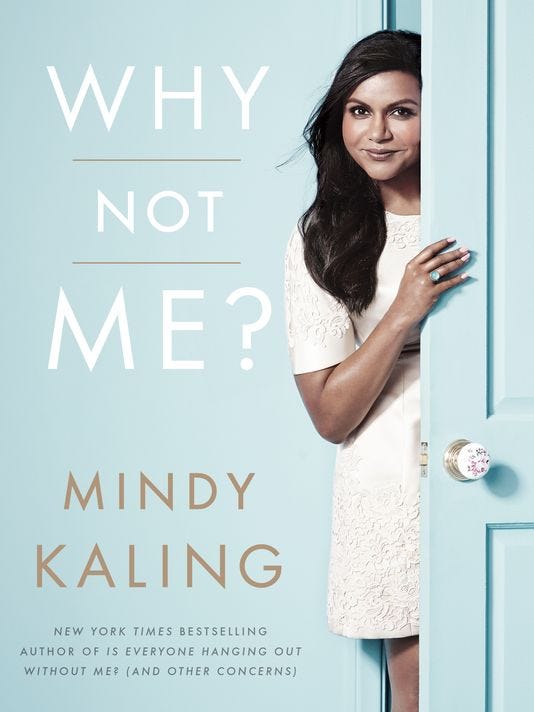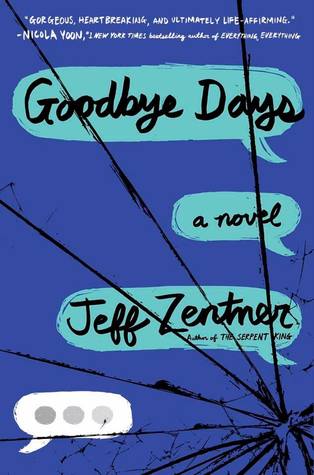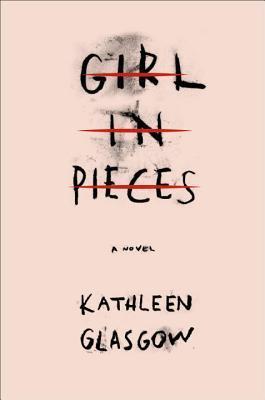I first heard about Gone by Min Kym on the Blogging for Books website, where I noticed it was garnering five star review after five star review. I had never heard of Min Kym. Lindsey Stirling is my favorite violin soloist, and when it comes to classical solo string performers, I am much more of a cello listener. What could be so compelling about a memoir written by a violin soloist about having her instrument stolen? I remember wondering. And then, I recalled a television interview I'd seen years ago, in which blues guitar player B.B. King spoke emotionally about the experience of having his guitar Lucille stolen. Two things stuck out in my mind about that interview: 1) That King rushed back into a burning building to rescue his guitar, and that when he found out the fire was started because two men had been arguing over a woman named Lucille, he knew what he had to name his beloved instrument, and 2) That an instrument could be so integral to a musician that he would run into a burning building to save it, risking his life without hesitation. So, of course I requested a free review copy of Gone. I had to see if her story was as unique, interesting, and emotional.
Though I understand why each element of the cover design for this book was selected, I don't personally like it. Conversely, I think the author picture included in the back of this book is one of the best I've ever seen, and I think it would've made a wonderful cover for Gone! I find it more aesthetically appealing and memorable than the actual cover. Plus, I'm dying to ask Min Kym how, exactly, she gets her hair to do that. Clearly, if she decides to move on from the world of professional music performance, she could really rock the YouTube hair tutorial videos. Also, seeing this author photo left me with one question: Kym mentions owning and playing several different violins over the course of the memoir. Which one is pictured here?
On the surface, it seems as if Kym has succeeded despite overwhelming struggles. She emigrated from Korea and grew up in London. She was admitted to the renowned Purcell School for musically gifted children, where she excelled and people quickly realized she was a violin prodigy. With a father who was constantly absent due to work that took him abroad for long stretches of time, a sister she never mentions except in the context of playing the piano alongside Kym's violin, and a mother who had the highest expectations of her daughters, but only showed affection through food, possibly creating a toxic atmosphere in which Kym's anorexia thrived, (Strangely, this is only mentioned in the last chapter of the book.) Kym found herself in music.
However, her confidence and her ability to speak up for herself were mostly non-existent. Kym found herself in a relationship with a manipulative man who had previously preyed on other Korean girls, finding them easy targets because the cultural values of submission and self-sacrifice with which they had been indoctrinated made them easy to control. Any time Kym succeeded in recognizing what she wanted and gravitating toward it, or meekly voiced her concerns in an attempt to stand up for what was important to her, he shut it down, ultimately leading to the theft of her beloved Stradivarius violin--a world-class instrument valued at more than many houses but, more importantly, the vessel through which Kym expressed herself emotionally and upon which she built her career professionally.
Gone is the story of Kym's upbringing, her training as a violin prodigy, her discovery of the violin that would define, amplify, and clarify her voice as a person, and as a performer, and the devastating loss of that gorgeous instrument. It differs a bit from a traditional memoir. For one thing, despite the fact that there are assuredly pictures of Kym from her extensive professional performance career, I found it odd and disappointing that they weren't included in the book. Also lacking were photos of the various violins Kym owned and played over the course of her life as a violin soloist, which would've been integral to the story, considering that the importance of her instrument is the essence of the book. And, since Kym goes into great (helpful, and interesting) detail about the parts of a violin, and which ones she tweaked in order to adjust each instrument to work for her as a performer, some diagrams displaying that information would've been useful and informative to the reader. I did appreciate, however, that Kym included generous amounts of information about luthiers, and about today's violin trade. I also enjoyed the parts where Kym would give context about the classical pieces she was working on at that point in the narrative, describing the feeling of the piece, or even going into personal detail about the life of the composer. These anecdotes served to educate me as a reader, but they also underscored for me how personal this music is to Kym, and how intimately she knows it.
However, there is one thing tied into Gone that I haven't seen with a memoir: music. At the very beginning of the book, there's a list of nine tracks which closely relate to the narrative. They are solo pieces recorded by Kym, which are described in the book at various points. In addition to the suggested listening list, those points are marked by a music note and a number in the margins, so readers know when to start each track. But, as wonderful a tie-in as this concept is, the music isn't available to listen for free on YouTube or Kym's website, and the book doesn't come with download codes. Instead, the reader is given instructions on where to purchase the music. So, the publisher expects readers to pay $25.00 for the book, and then pay more (about $15.00 on Amazon for the CD) to listen to the music for the full experience? And, many readers may not know they are supposed to buy music to go with the book beforehand, so they may have brought the book with them somewhere to read where they can't download the music. I feel like the cover price of the book should've been increased, and the book itself should have come with download codes or a CD of the music, this requiring only one purchase for the full experience. This aspect of Gone was poorly designed.
Overall, Min Kym's writing was refreshingly honest, self-aware, and beautiful in a simple, poetic way. There were some grammatical errors I feel her editor should've caught, but it's obvious that Kym knows how to tell a story. Also, Kym didn't shy away from aspects of her life that didn't put her in the best light. Gone isn't the story of a girl trying come off as perfect, though it so easily could've been. Kym writes vulnerably, and the result is powerful, endearing, and sad. It shows how integral an instrument can be to a musician, and how crucial it is for women to be taught as girls that what they say and how they feel matters, and that they shouldn't suffer the company of anyone who disagrees.
Highly recommended.
As a little sidenote, I just noticed this is my 100th review for Blogging For Books. This is a great program, and I really enjoy participating in it! I never would've discovered many books I've truly loved without BFB, Gone being one of them.



















